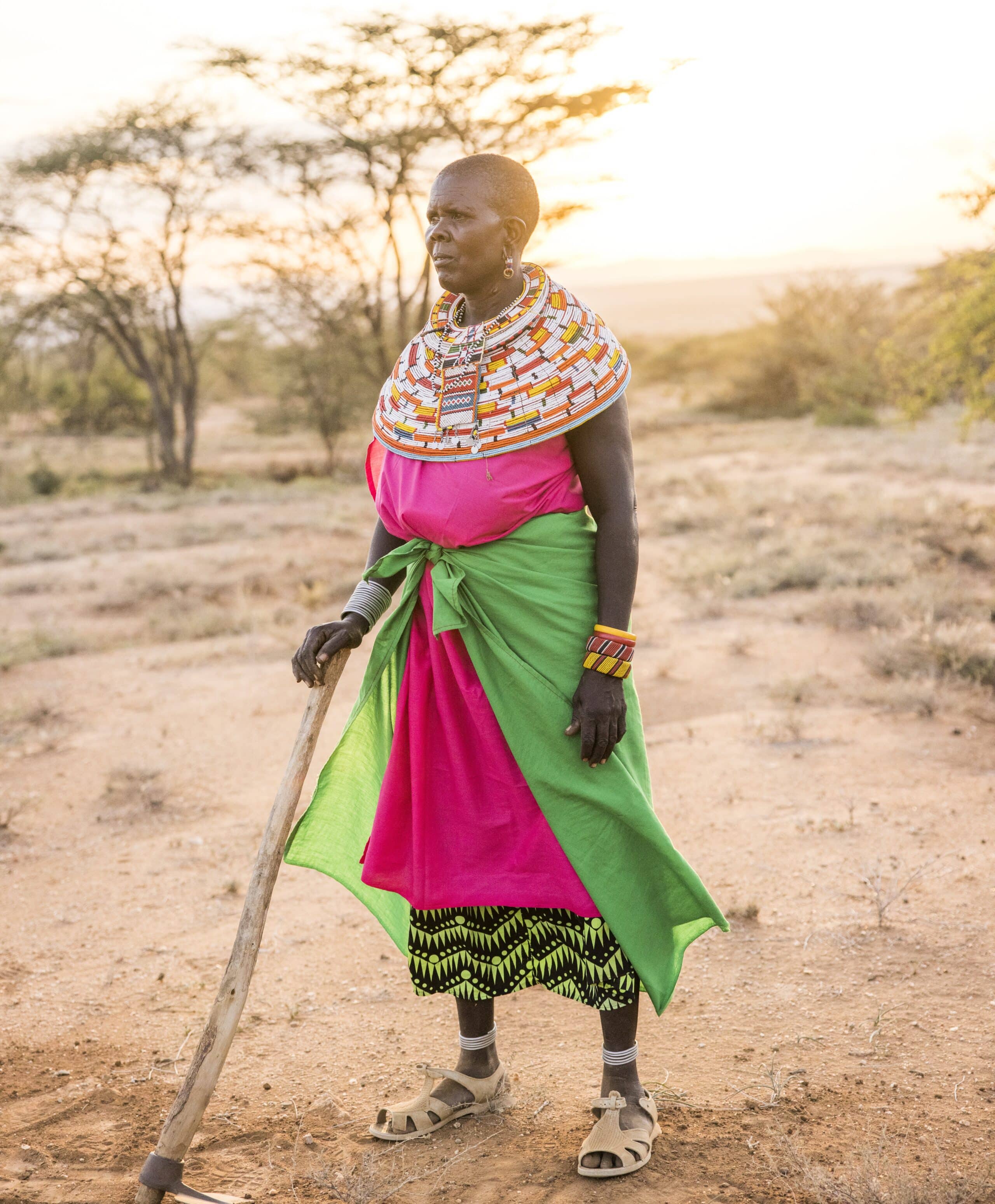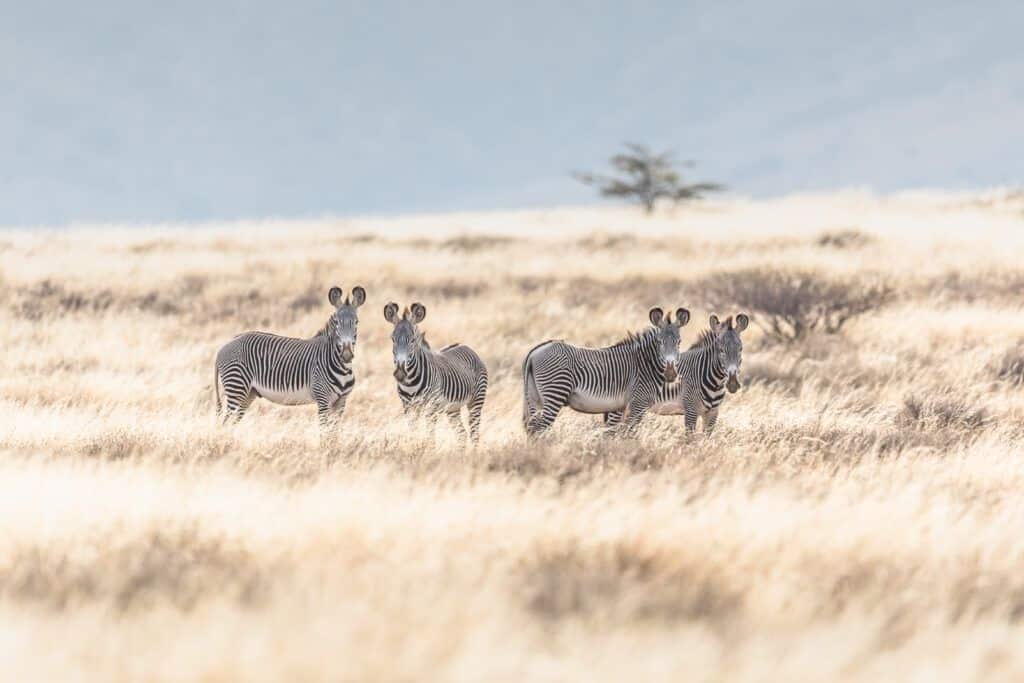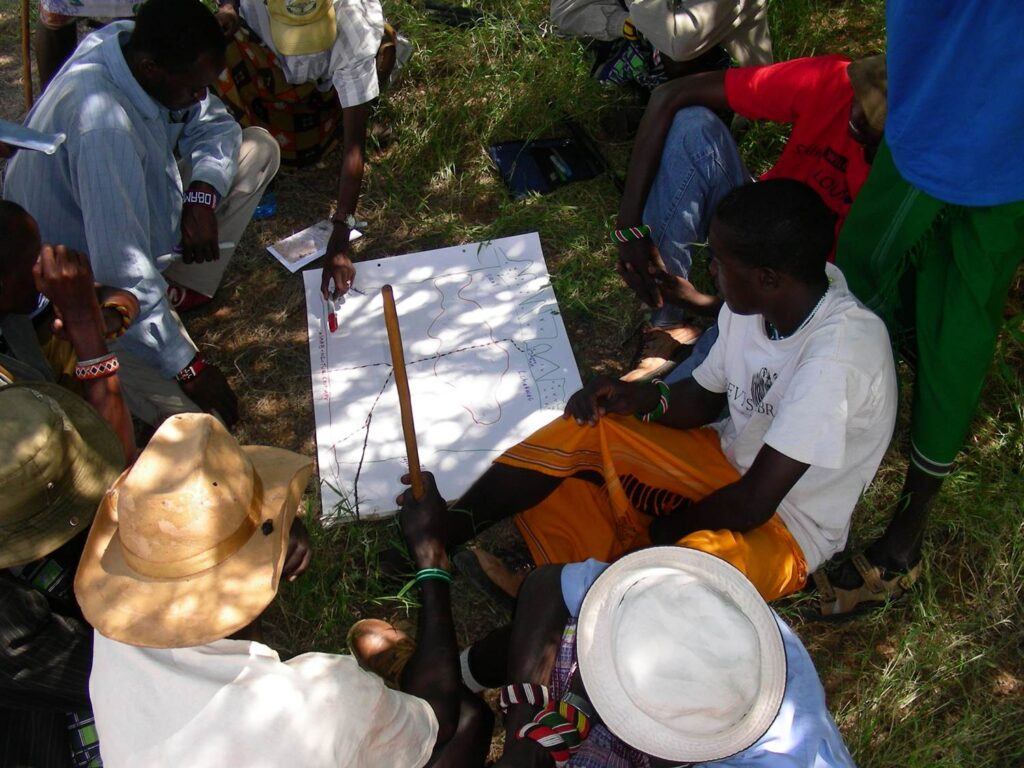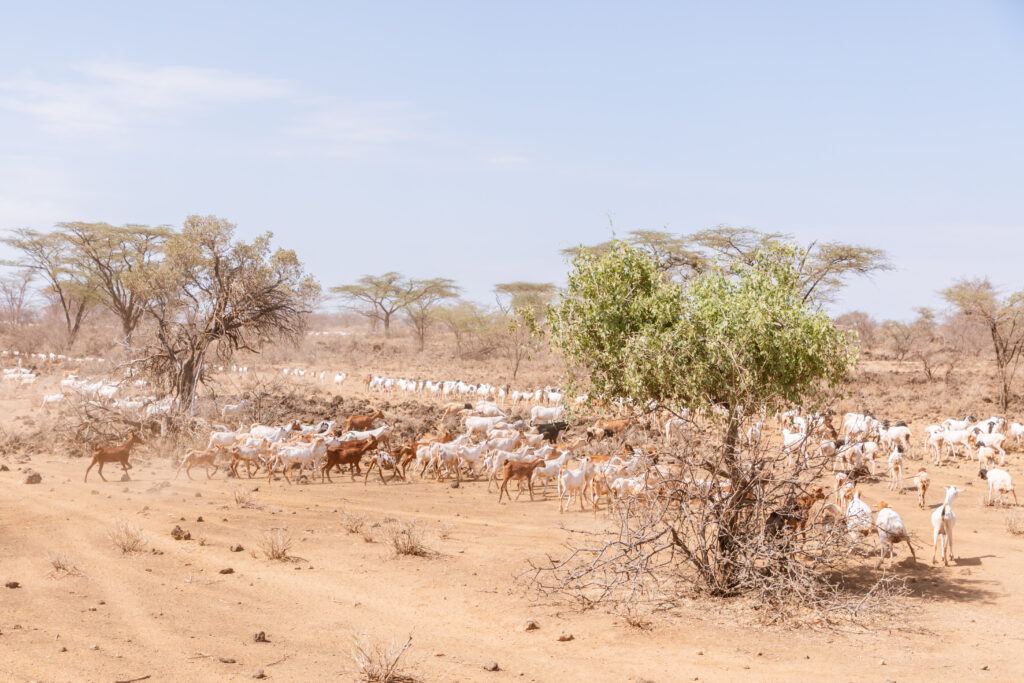Using Livestock to Restore Kenya’s Rangelands
Ngeeti Lempate waved to her son as he led their cattle into the whispering grasses of northern Kenya’s Westgate Community Conservancy. She watched them depart, recalling when her community first settled in Westgate long ago and these plains were filled with Grevy’s zebras. Over the years, she noticed both the number of zebras and the health of the rangelands decline due to unchecked livestock grazing. To revitalize her home’s pastures, Ngeeti has championed the regenerative grazing program pioneered by Grevy’s Zebra Trust (GZT) to restore Kenya’s rangelands with the very herds that once devoured them.
Pastoralist communities like Ngeeti’s were once nomadic, continuously leading livestock from pasture to pasture. Since they never stayed too long in one place, the vegetation consumed by livestock had time to recover once the herd migrated. But this nomadic culture has transitioned into a sedentary one, with many communities settling near social amenities like schools and health centers. This has led to years of overgrazing by livestock in the same areas, giving grass no time to regrow and reducing land quality for both livestock and wild ungulates, including endangered Grevy’s zebras which have lost most of their habitat to overgrazing.
To break this land degradation cycle, GZT helps communities restore habitats through regenerative grazing, where they identify suitable grazing pastures and keep others off limits for vegetation recovery. GZT meets with villagers to evaluate their pastures and create a formal plan for coordinated grazing. Large pastures are sectioned off as grazing reserves, while others remain open for all herds to share. The mass of livestock hooves in the open pastures aids in tilling the hard, compact topsoil, allowing rain and nutrients from livestock dung to absorb into the ground. Meanwhile, grass in the reserves is given time to regrow, and Grevy’s zebras can forage in these pastures without competing with livestock. When the open pastures are eventually depleted, the herders then open up the reserve pastures for their livestock, while the depleted pastures are sealed off and given time to recover. This process is repeated, with livestock rotating from pasture to pasture.
Regenerative grazing uses livestock as tools for regrowing degraded rangelands, creating productive pastures for livestock and wildlife. Participating communities have rallied behind this effective process to restore pastures so that all life can survive during Kenya’s dry season. Ngeeti has taken a prominent role in GZT’s land restoration work, leading a large group of women in grass and soil stewardship and demonstrating true community ownership of conservation. And this year, since many children in pastoralist communities participate in herding, GZT is training these children in regenerative grazing. This empowers them to take an active role in the conservation of their land, improve livestock health, and prevent wildlife from vanishing from their home.
Ngeeti has already noticed more Grevy’s zebras returning to the area, including pregnant mares, indicating that the land can again support their population growth. Thankful that her son doesn’t need to travel far to find high quality pastures, Ngeeti takes pride in the work that she and her community have done to restore Westgate’s rangelands.








